There’s something magical about staying in a hotel where history lives in every creaking floorboard and ornate ceiling. These aren’t just places to sleep—they’re time machines that transport you to bygone eras when travel was an event and hotels were destinations in themselves.
From grand railroad hotels to intimate inns that once hosted presidents, these historic stays offer the chance to experience the past while enjoying modern comforts.
Whether you’re seeking the glamour of the Jazz Age or the charm of colonial America, these properties have stories to tell and atmospheres that can’t be replicated.
Here’s a list of 17 US historic hotels that will satisfy your craving for nostalgia.
The Plaza Hotel, New York City
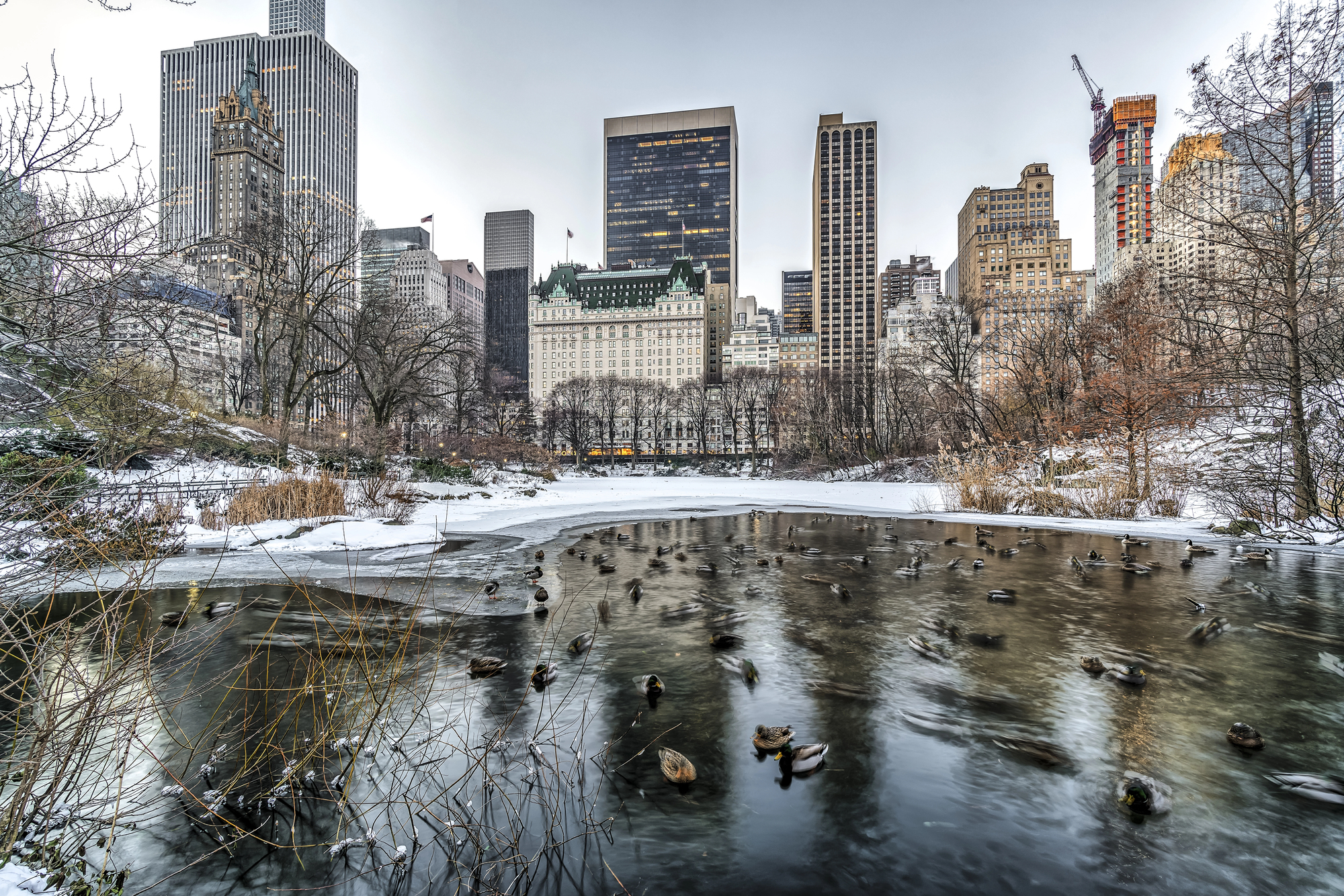
Built in 1907, The Plaza remains the epitome of New York elegance and has hosted everyone from kings to movie stars. The French Renaissance château-style building sits like a jewel at the corner of Central Park, where Eloise once roamed the halls in Kay Thompson’s beloved children’s books.
Walking through the marble lobbies feels like stepping into old Hollywood, and afternoon tea in the Palm Court continues a tradition that’s over a century old. The hotel’s appearances in countless films have made it an icon almost as famous as the city itself.
The Greenbrier, West Virginia
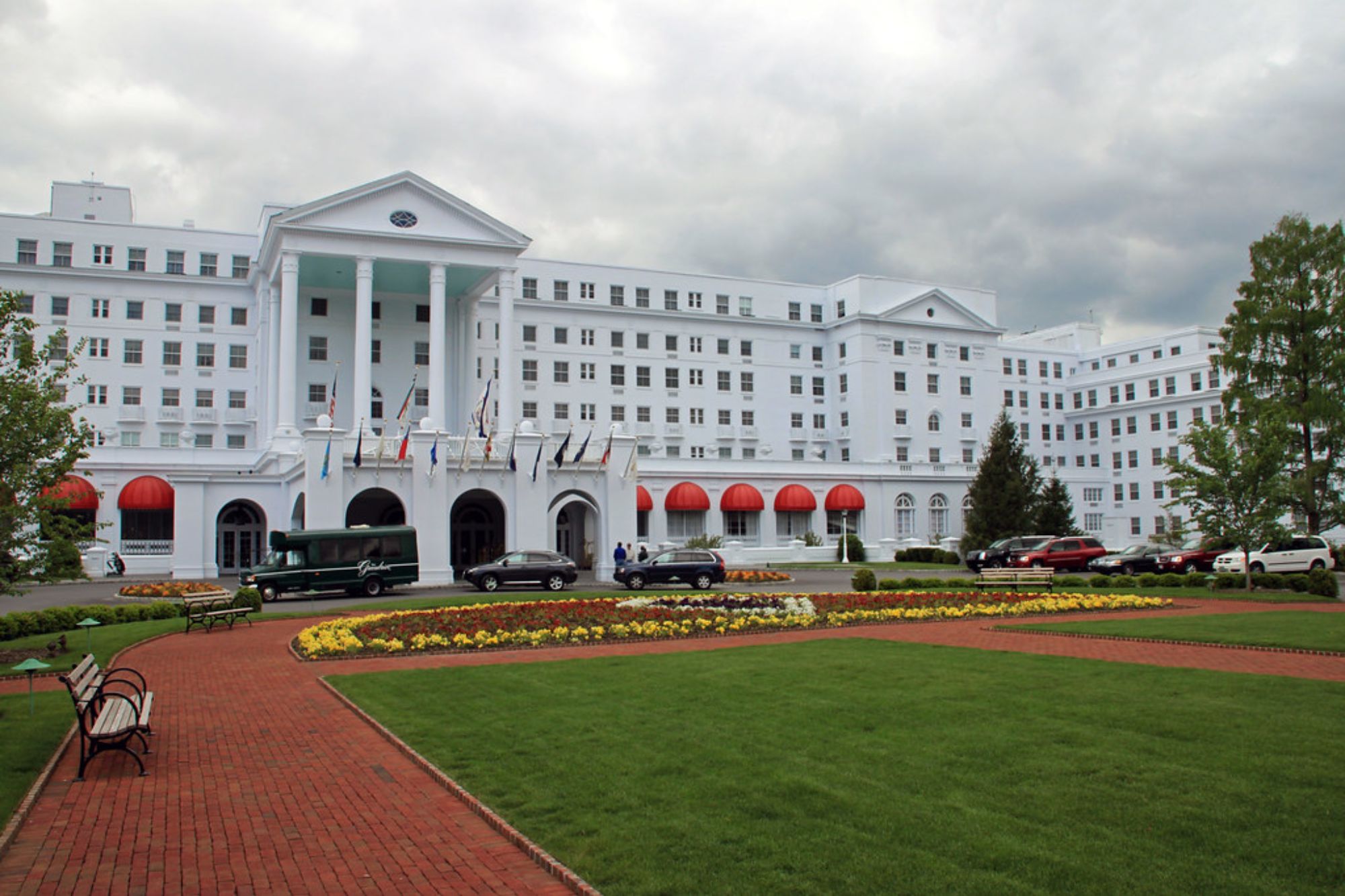
This sprawling white resort in the Allegheny Mountains has been welcoming guests since 1778, though the current grand hotel dates to 1913. During the Cold War, it housed a secret government bunker designed to shelter Congress in case of nuclear attack, adding an intriguing layer to its already rich history.
The resort’s ‘America’s Resort’ nickname comes from its role hosting presidents, dignitaries, and society figures for over two centuries. Its signature Dorothy Draper interior design, with bold colors and patterns, creates an atmosphere that’s both timeless and distinctly American.
Hotel del Coronado, California
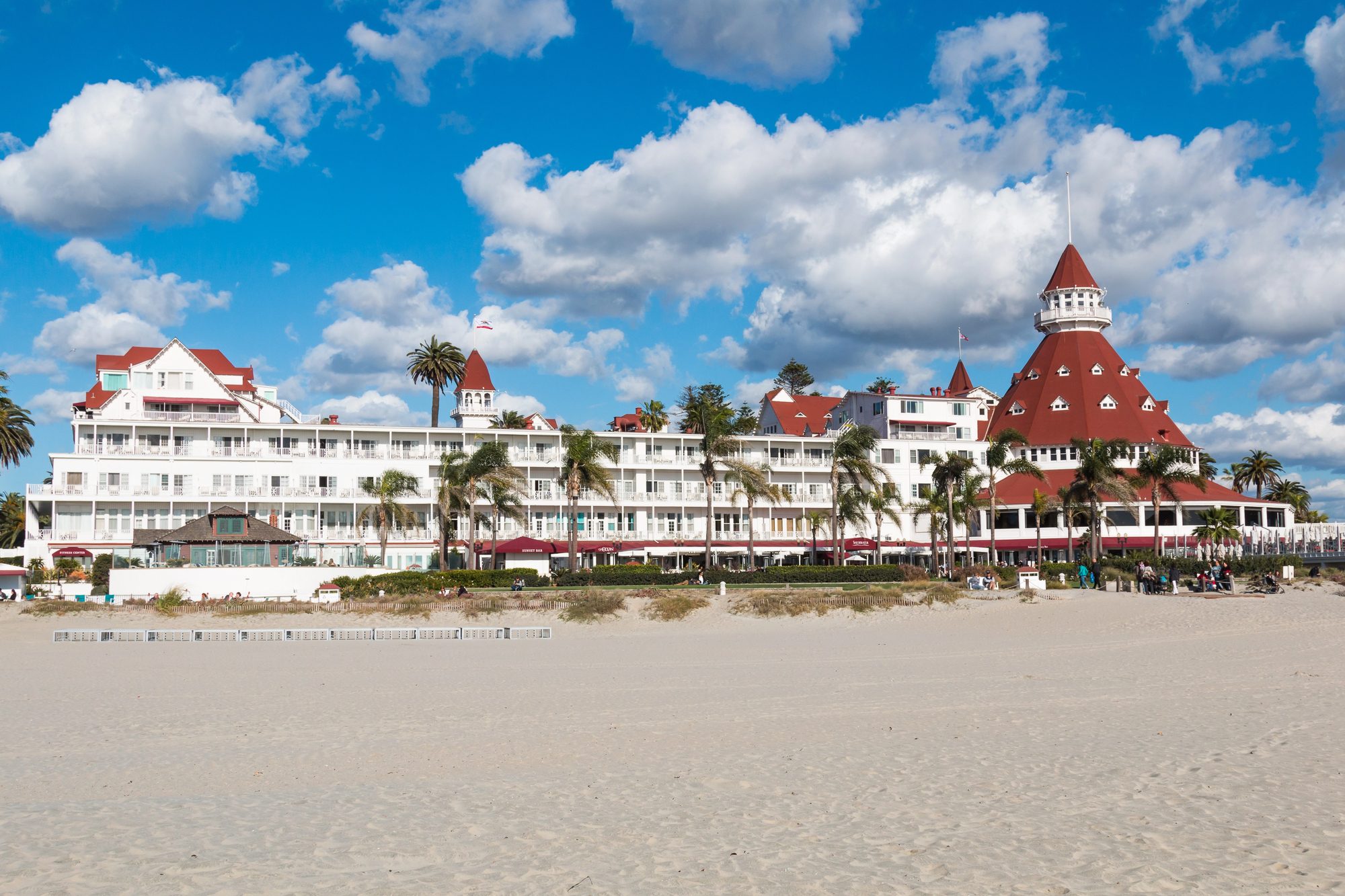
The ‘Hotel Del’ has been San Diego’s crown jewel since 1888, when it was one of the first hotels with electric lighting. The massive red-and-white Victorian structure sits on Coronado Beach like something from a fairy tale.
Legend says the hotel is haunted by Kate Morgan, a guest who died mysteriously in 1892, though most visitors are more interested in the sunset views and pristine beach. The hotel’s distinctive conical roofs and gingerbread architecture have made it a favorite filming location and a symbol of Southern California’s golden age.
Like Travel Pug’s content? Follow us on MSN.
The Ahwahnee, Yosemite National Park

Known once as the Majestic Yosemite Hotel, The Ahwahnee returned to its original name and continues to embody rustic elegance in one of America’s most spectacular settings. The Great Lounge, with its massive stone fireplaces and Native American rugs, perfectly frames views of Yosemite Valley’s granite cliffs and waterfalls.
Built during the height of the Arts and Crafts movement, every detail was designed to complement rather than compete with the natural surroundings. Staying here means falling asleep to the sound of waterfalls and waking up to views that have inspired artists and adventurers for generations.
The Brown Palace Hotel, Denver
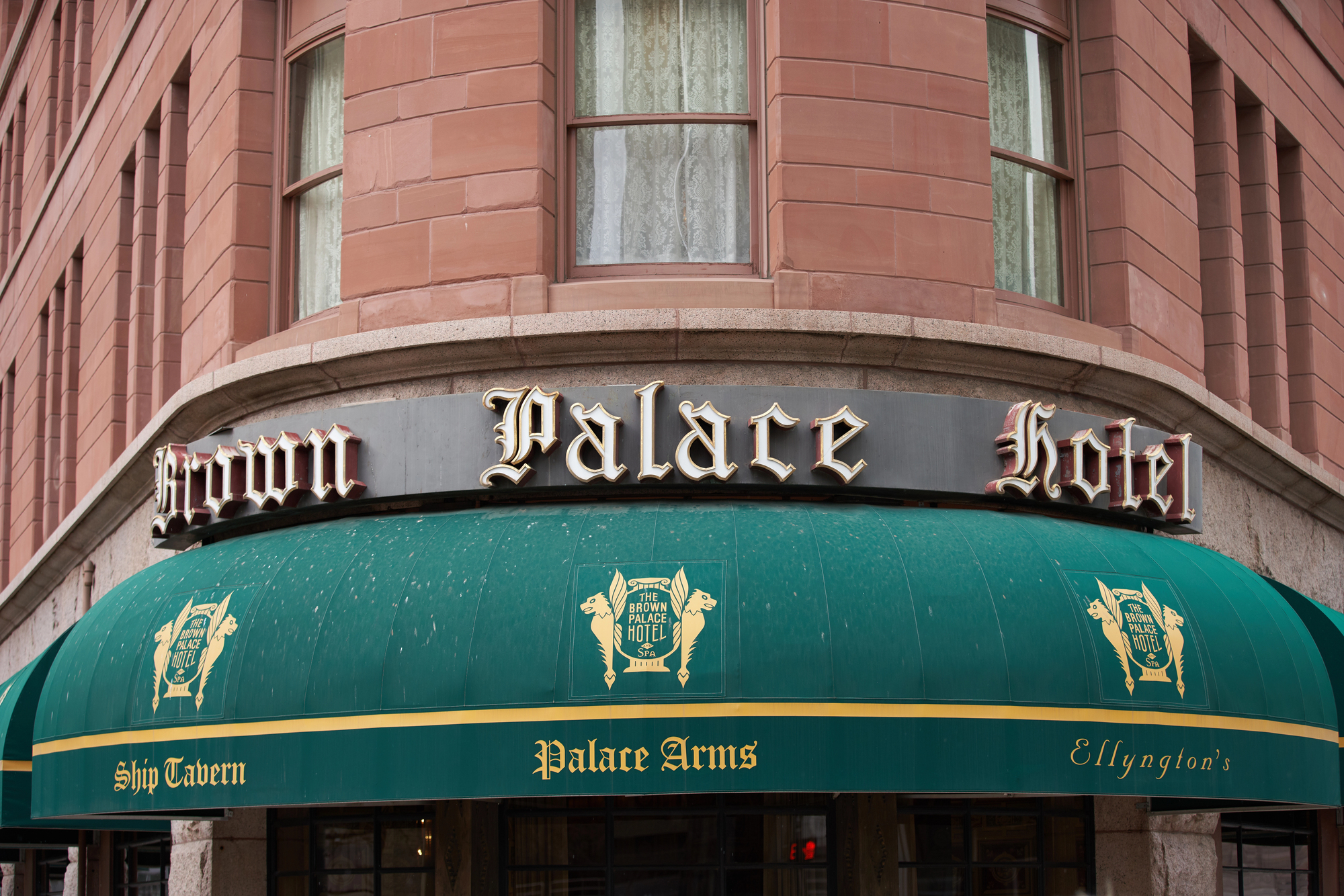
Since 1892, The Brown Palace has been Denver’s most luxurious address, known for its distinctive triangular shape and beautiful atrium lobby. The hotel’s nine floors rise around an open courtyard topped by a stunning stained-glass ceiling, creating a light-filled space that feels both grand and intimate.
Every US president since Theodore Roosevelt has stayed here, and the hotel maintains suites named after political figures who’ve called it home. The atrium’s afternoon tea service continues a tradition that began when Denver was still a frontier town, making guests feel like characters in a Western novel.
Mount Washington Resort, New Hampshire
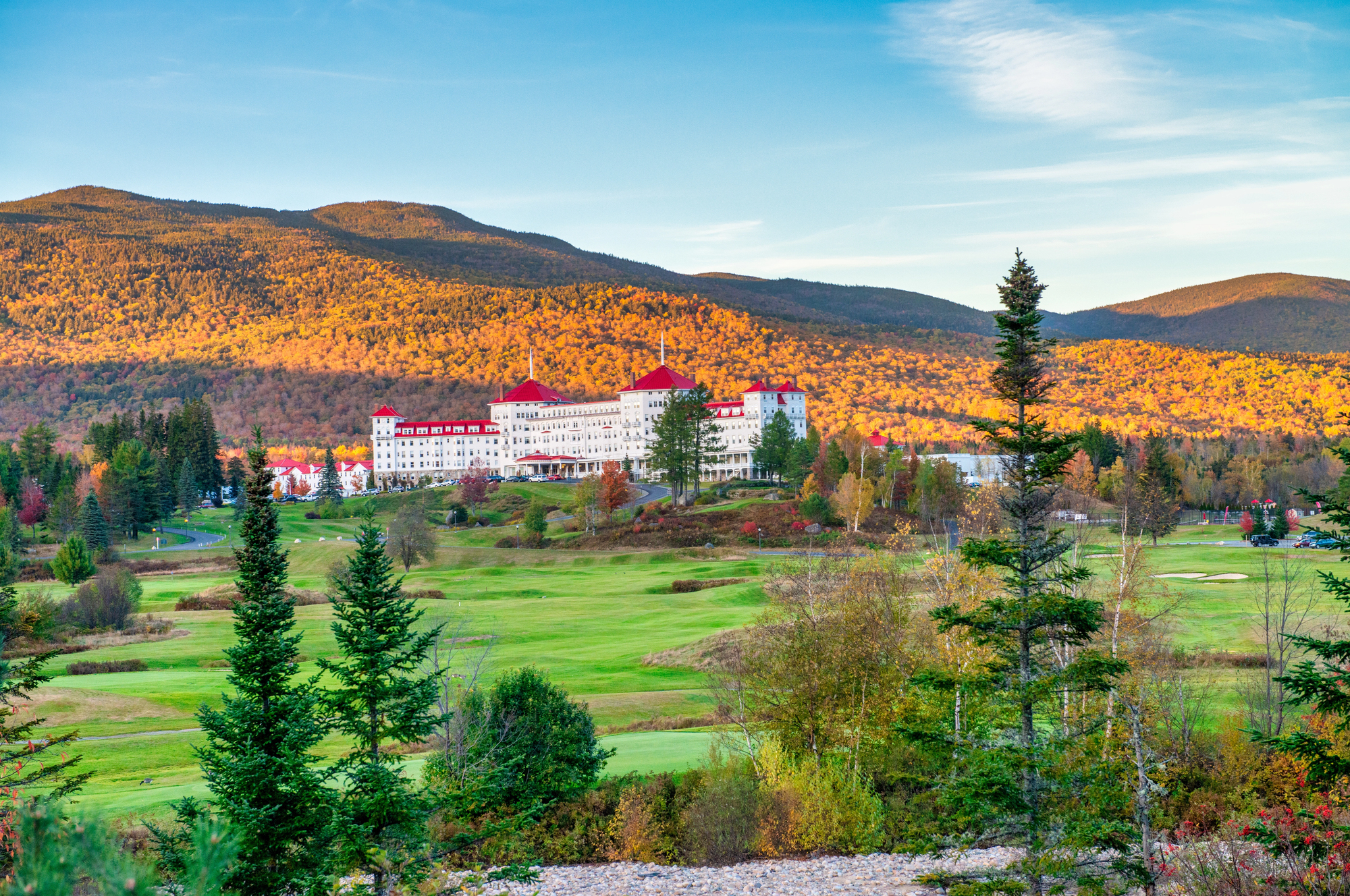
This grand dame of the White Mountains opened in 1902 as the playground for America’s industrial elite. The sprawling white resort, with its red roof and commanding mountain views, was designed to feel like a European spa retreat in the heart of New England.
The hotel hosted the Bretton Woods Conference in 1944, where world leaders established the post-war economic order, adding political history to its social legacy. Today, the resort maintains its turn-of-the-century elegance while offering modern amenities, making it feel like a time capsule from the Gilded Age.
Like Travel Pug’s content? Follow us on MSN.
The Stanley Hotel, Colorado
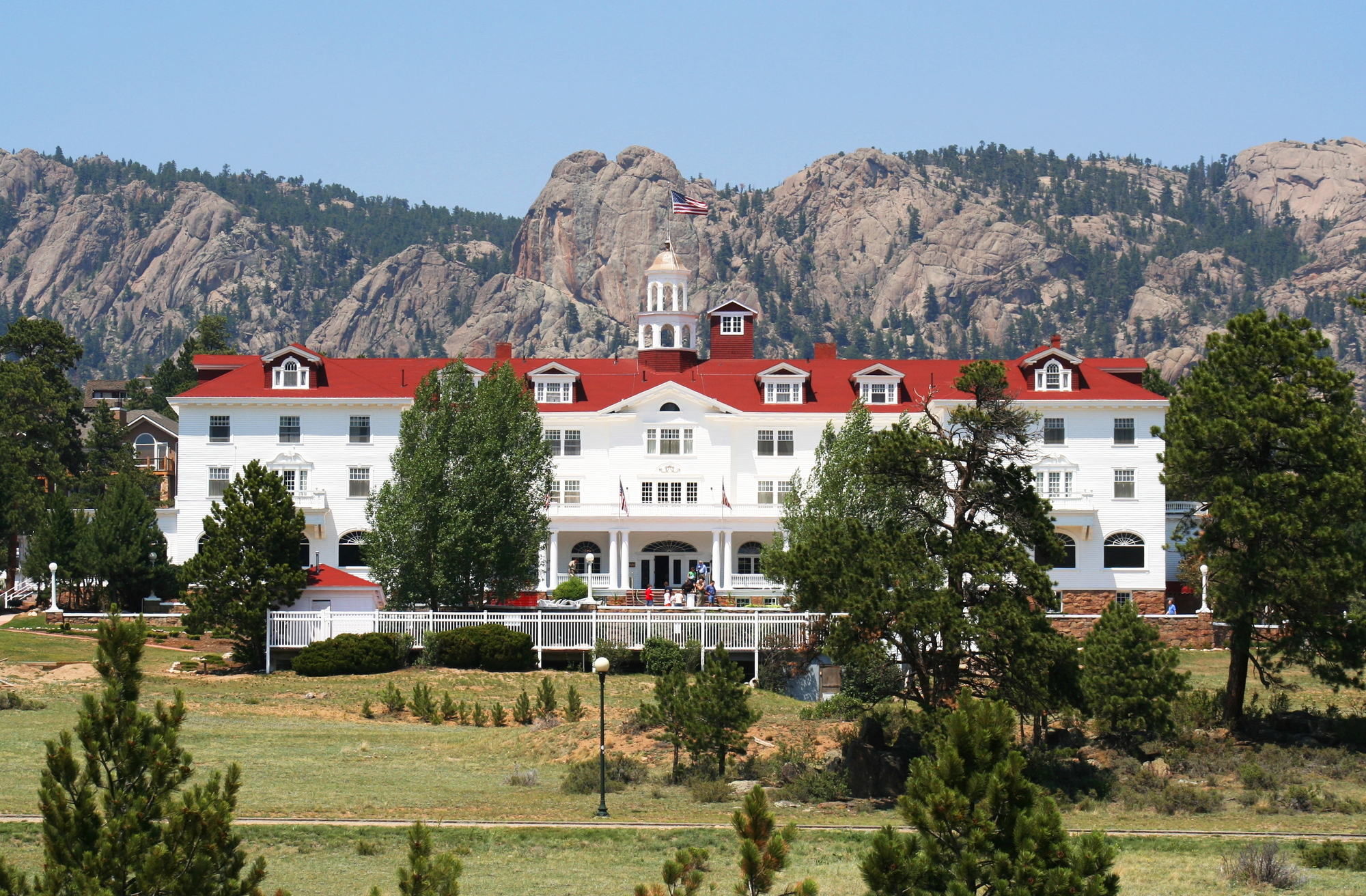
This 1909 colonial revival hotel in Estes Park gained fame as Stephen King’s inspiration for ‘The Shining,’ but its history runs much deeper than horror fiction. Built by F.O. Stanley, inventor of the Stanley Steamer automobile, the hotel was designed as a health retreat for tuberculosis patients seeking the benefits of high-altitude air.
The hotel’s pristine white facade and manicured gardens create an atmosphere of refined mountain elegance. Guided ghost tours play up the supernatural reputation, but many guests find the real magic in the stunning Rocky Mountain views and early 20th-century charm.
Congress Hall, Cape May
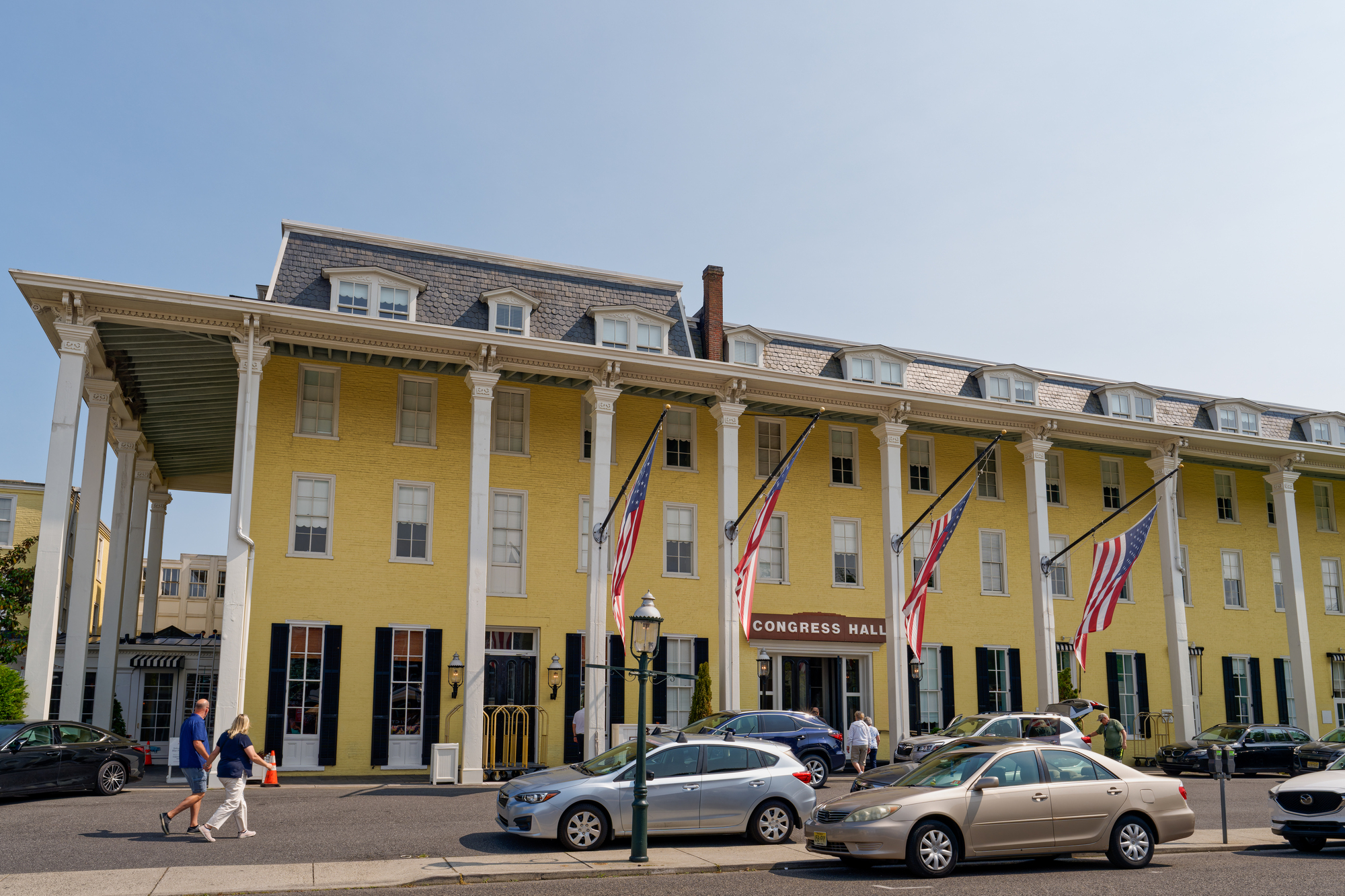
Dating to 1816, Congress Hall claims to be America’s oldest seaside resort brought neoclassical Southern architecture to the Jersey Shore. The bright yellow wooden building with its wraparound porches embodies the Victorian era when Cape May was known as the ‘Queen of Seaside Resorts.’ Presidents Harrison, Pierce, Buchanan, and Grant all vacationed here, establishing traditions of political summer retreats.
The hotel’s beachfront location and period interiors make guests feel like they’re attending a grand 19th-century house party by the sea.
The Broadmoor, Colorado Springs
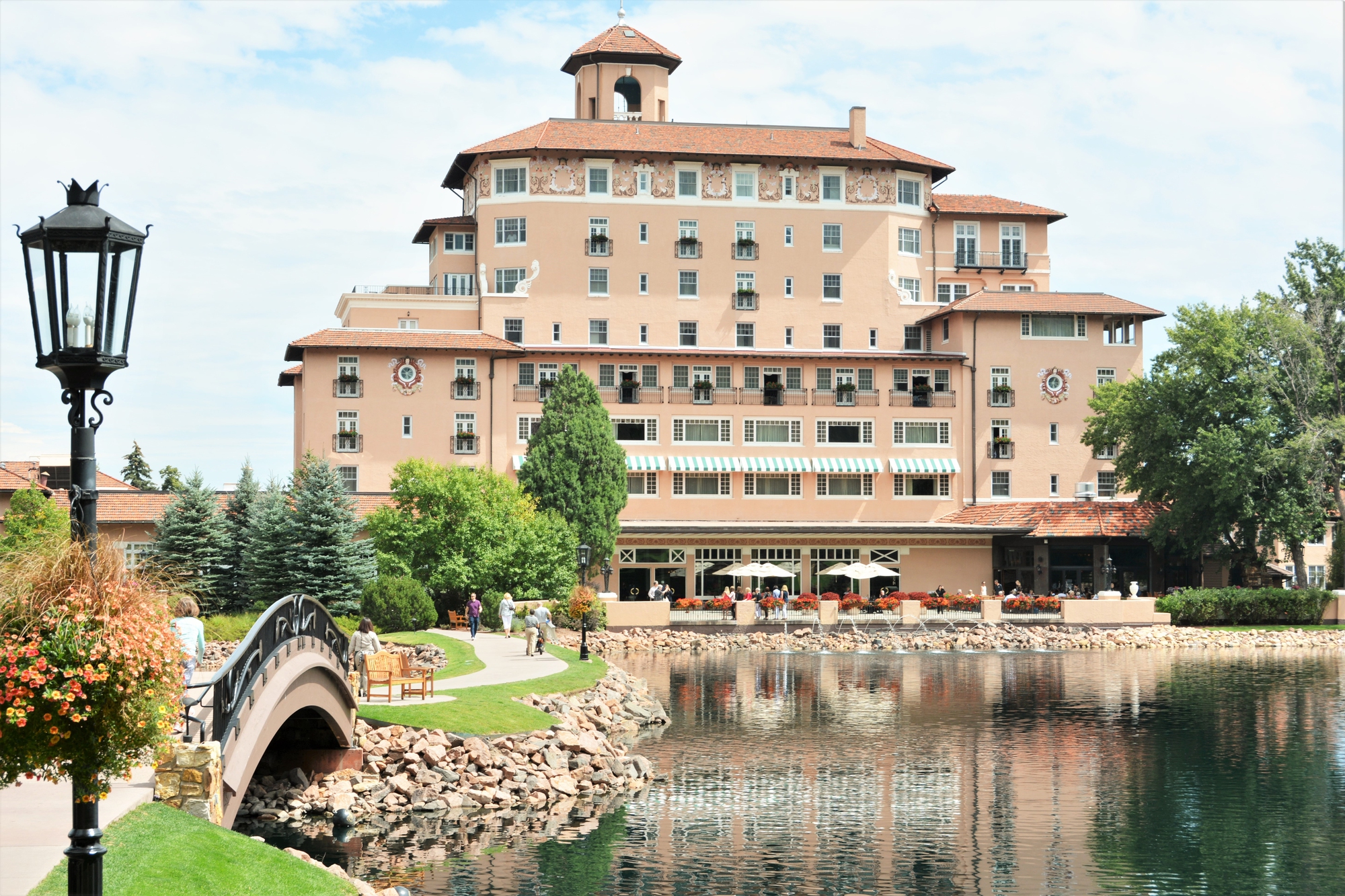
Since 1918, The Broadmoor has been synonymous with luxury in the American West, built with the vision of creating a resort to rival European grand hotels. The Italian Renaissance-style buildings overlook a pristine lake with the Rocky Mountains as a backdrop, creating a setting that’s both dramatic and serene.
The resort expanded its reputation during World War II when it housed dignitaries and became a temporary site for military intelligence training. Today, its pink stucco buildings and manicured gardens maintain an old-world elegance that feels almost European in the heart of Colorado.
Like Travel Pug’s content? Follow us on MSN.
Grand Hotel, Michigan
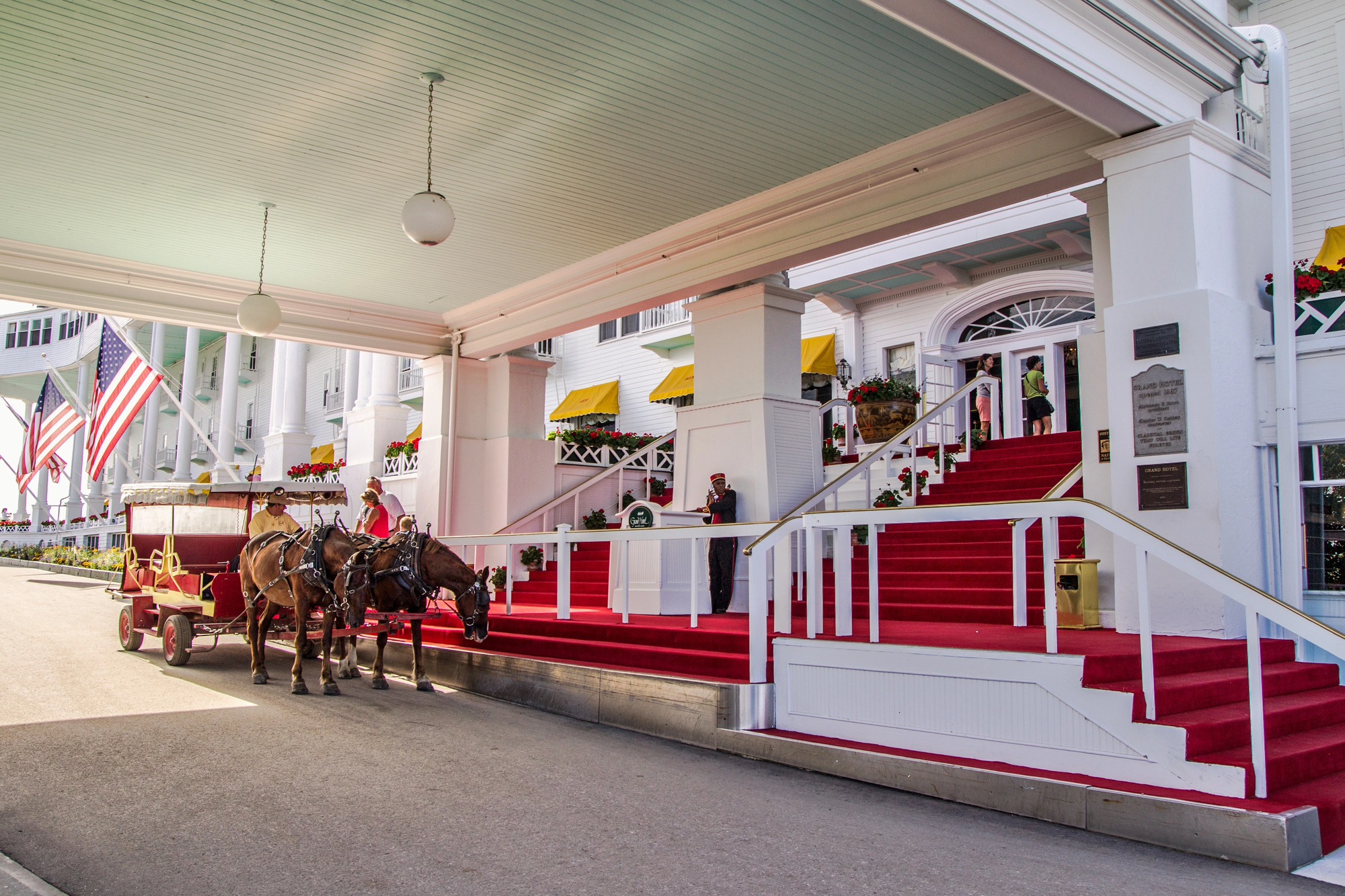
Mackinac Island’s Grand Hotel has epitomized Victorian summer luxury since 1887, when guests arrived by steamship to escape the heat of Midwestern cities. The hotel’s 660-foot porch is the longest in the world, perfect for watching horse-drawn carriages clip-clop past since cars are banned on the island.
The tradition of afternoon tea, formal dinners, and horse-drawn transportation creates an atmosphere where time seems to have stopped around 1920. The hotel’s policy requiring dinner jackets for men and dresses for women after 6 PM maintains the formality of a bygone era.
Mission Inn Hotel, California
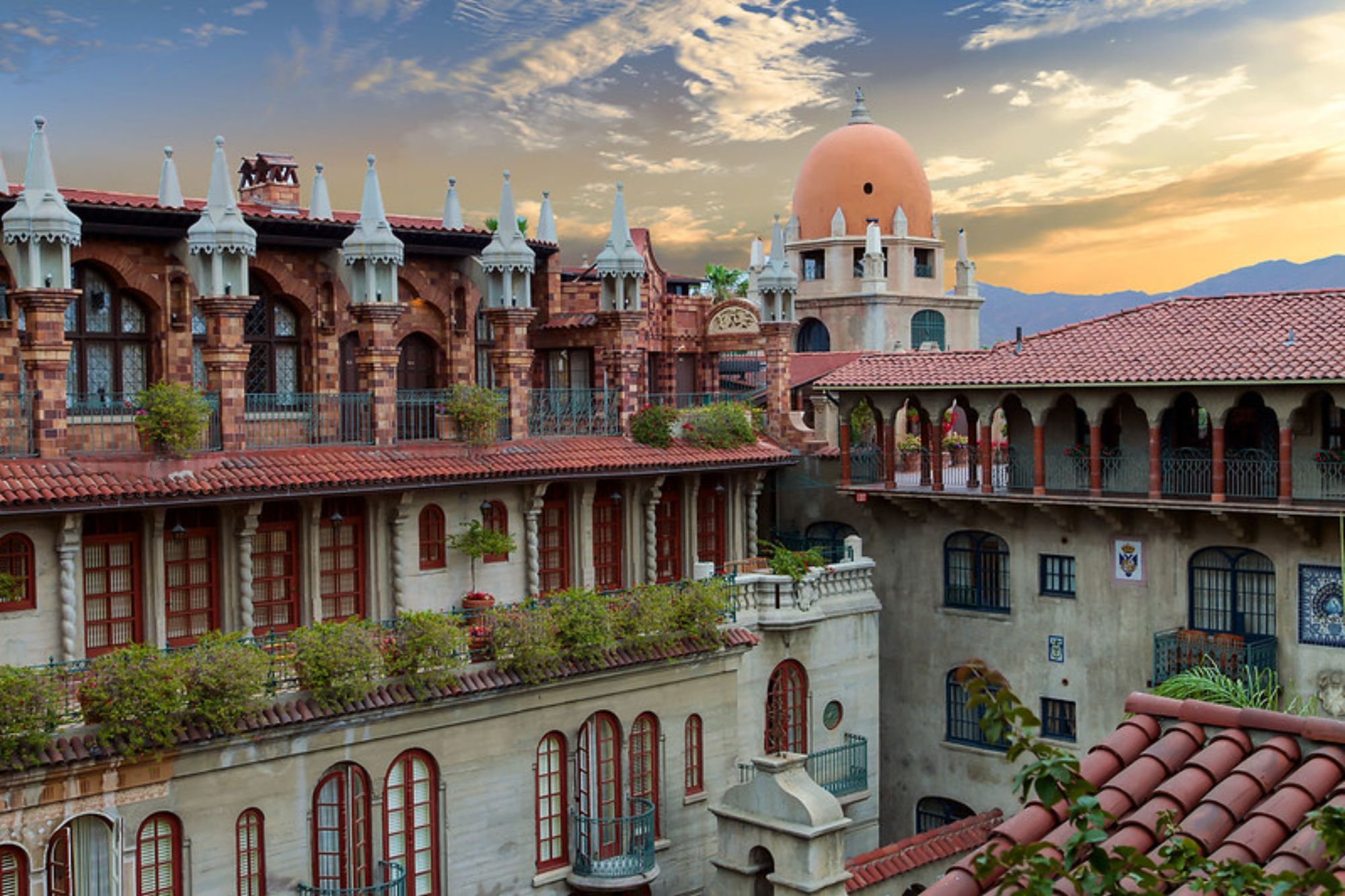
This sprawling complex in Riverside began as a small adobe boarding house in 1876 and grew into an architectural wonderland mixing Spanish, Mission Revival, and Mediterranean styles. The hotel’s maze-like layout includes hidden courtyards, spiral staircases, and secret passages that Frank Miller, the visionary owner, added over decades of construction.
Presidents Roosevelt, Taft, and Nixon all stayed here, and the hotel’s Festival of Lights has been a holiday tradition since 1992. Each room and corridor reveals new architectural surprises, making exploration part of the guest experience.
Omni Homestead Resort, Virginia
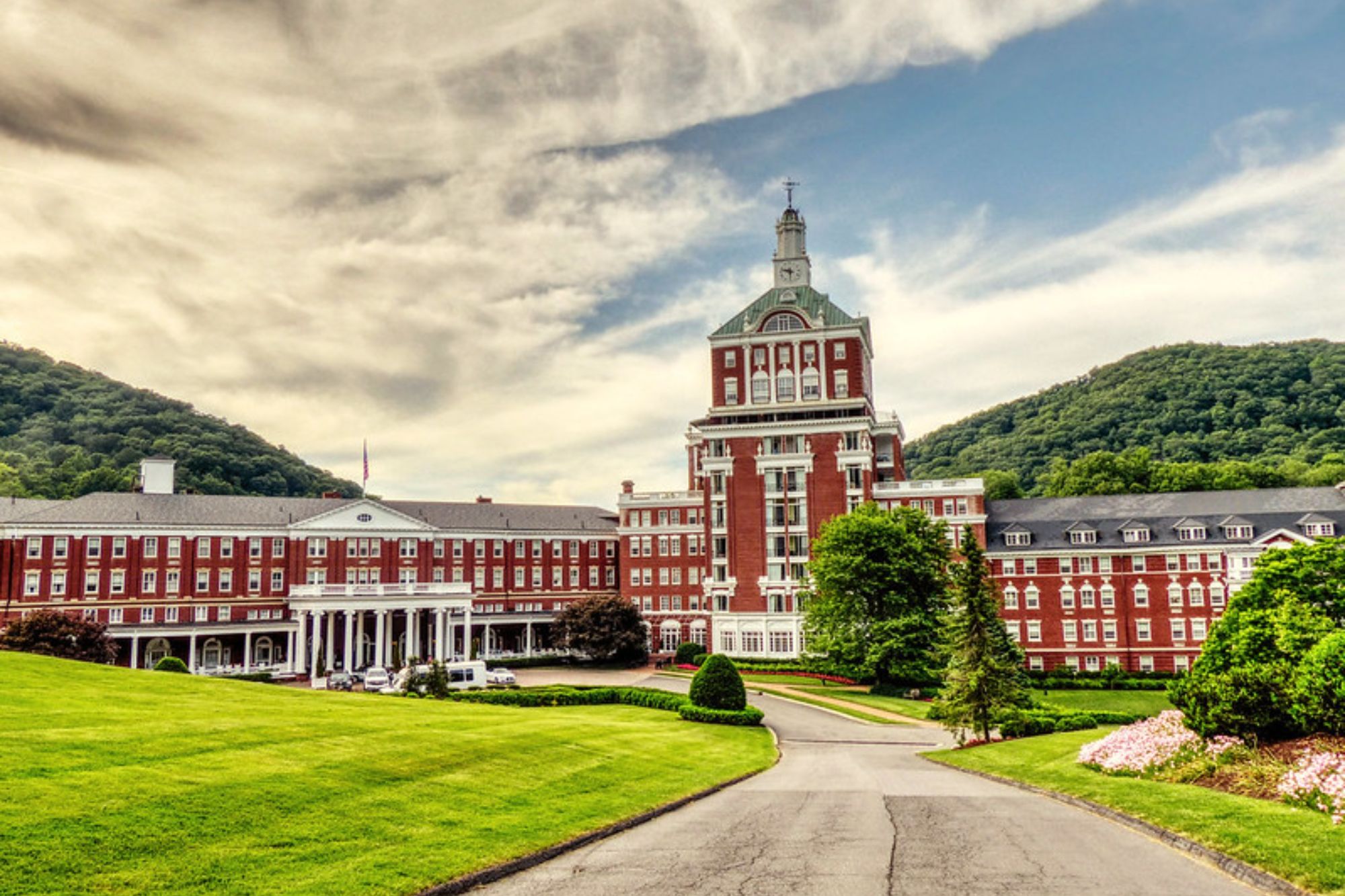
The Homestead has been welcoming guests to Virginia’s Allegheny Mountains since 1766, making it America’s oldest resort in continuous operation. The property’s natural hot springs first attracted Native Americans, then colonial settlers seeking therapeutic waters, and eventually society figures looking for refined mountain retreats.
The resort’s Georgian and colonial revival buildings spread across 2,000 acres of pristine mountain landscape. With its own ski slopes, golf courses, and spa fed by natural springs, The Homestead offers the complete American resort experience rooted in centuries of tradition.
Like Travel Pug’s content? Follow us on MSN.
The Peabody, Memphis
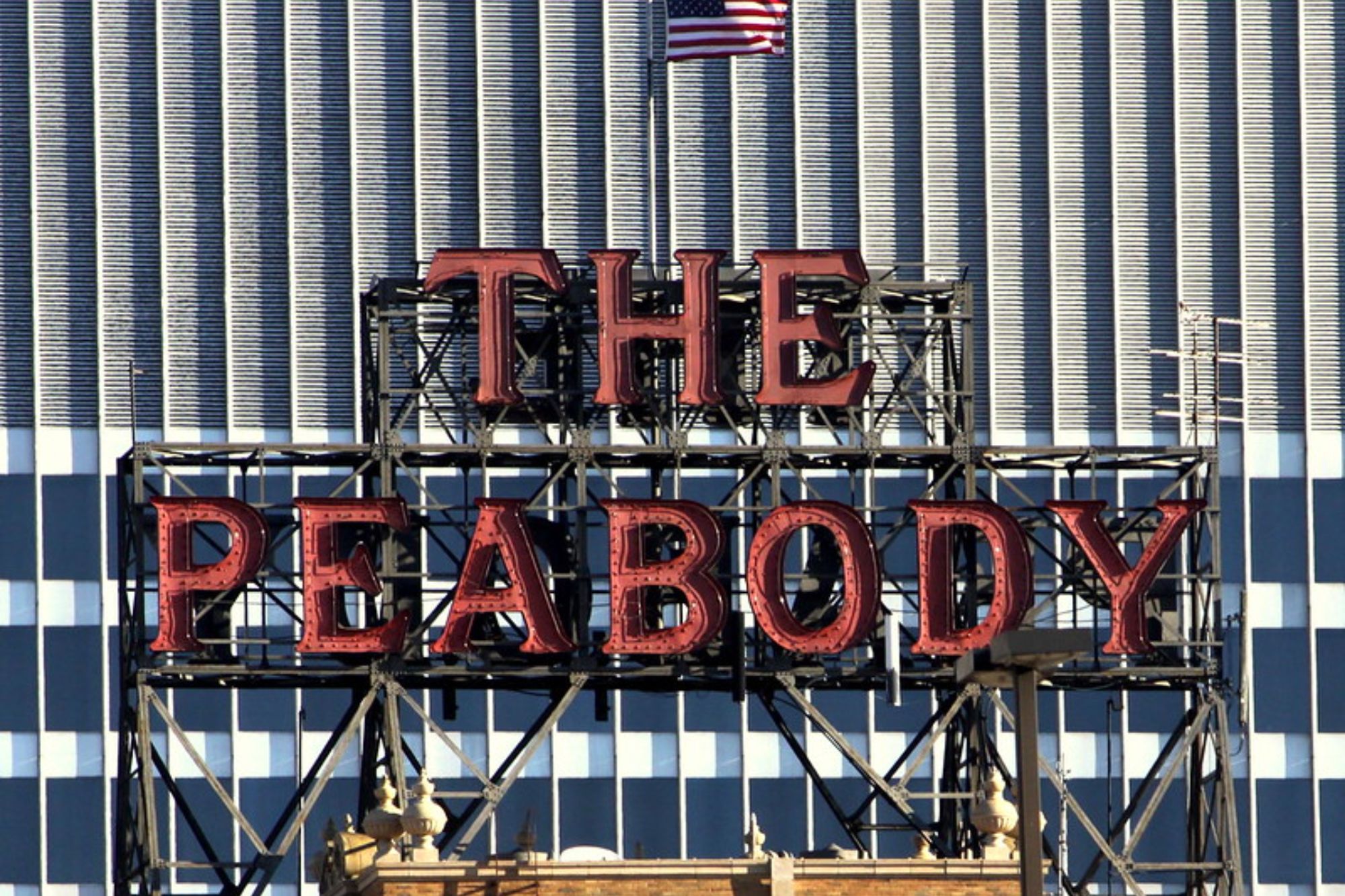
Since 1869, The Peabody has been the heart of Memphis society, though the current Italian Renaissance building dates to 1925. The hotel’s famous march of the Peabody Ducks, who wade in the lobby fountain daily, began as a practical joke in the 1930s and became a beloved tradition.
The hotel’s rooftop parties during Prohibition earned it a reputation for sophisticated revelry that continues today. Staying at The Peabody means experiencing the South’s golden age hospitality in a city where every corner tells a story about American music and culture.
Grove Park Inn, North Carolina
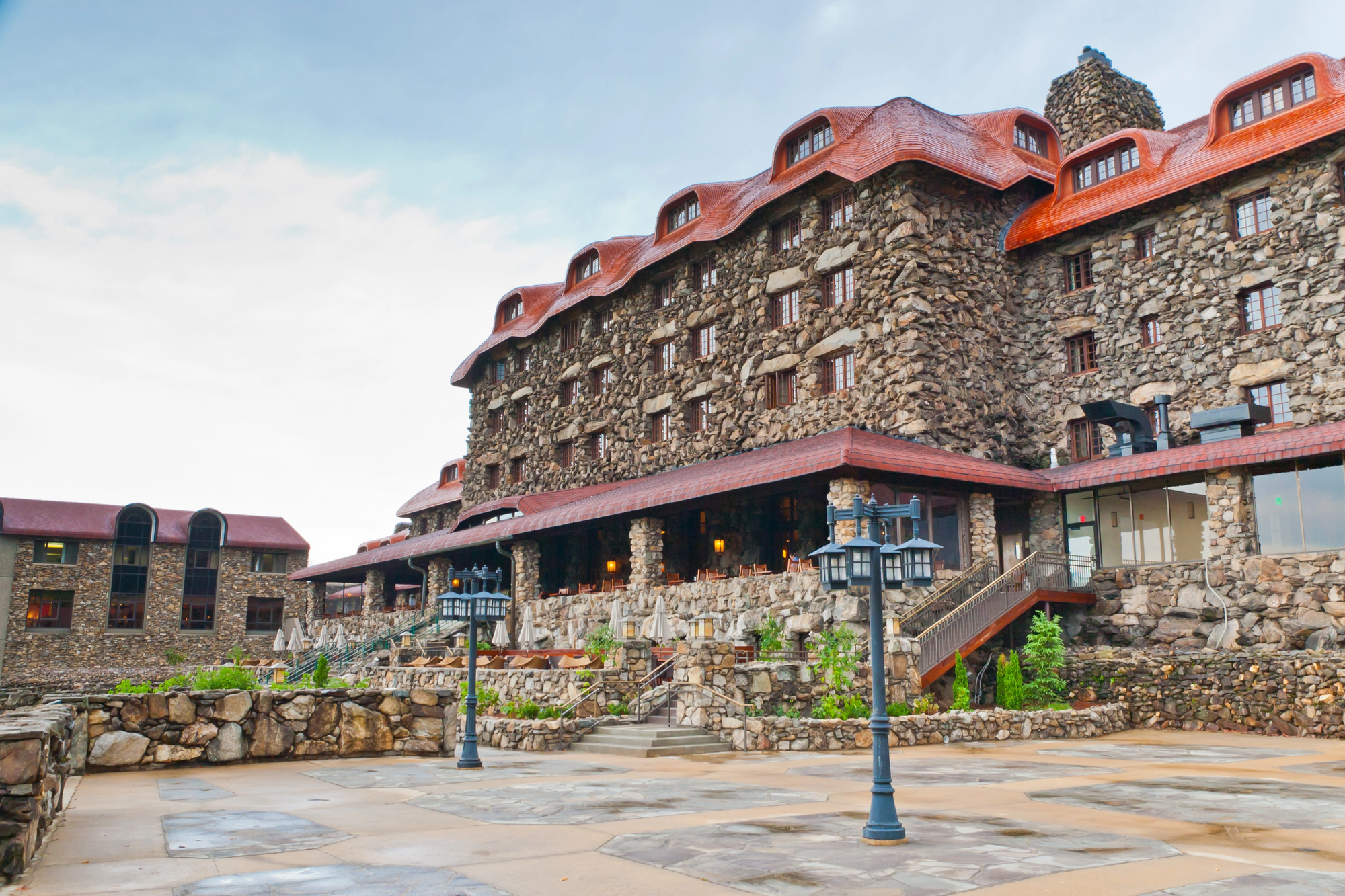
Built in 1913 from massive granite boulders quarried on-site, the Grove Park Inn looks like it grew naturally from the Blue Ridge Mountains. The hotel’s Great Hall, with enormous fireplaces at each end, has hosted presidents, inventors, and literary figures, including F. Scott Fitzgerald, who stayed here while his wife Zelda was treated nearby.
The rustic elegance of the Arts and Crafts interior design creates warmth that contrasts beautifully with the imposing stone architecture. The inn’s location near Asheville puts guests at the heart of North Carolina’s mountain culture and craft traditions.
El Tovar Hotel, Arizona

Perched on the rim of the Grand Canyon since 1905, El Tovar brings rustic luxury to one of the world’s most spectacular natural settings. The dark wood lodge was designed to feel like a cross between a Swiss chalet and a Norwegian hunting lodge, creating an atmosphere that’s both cozy and adventurous.
The hotel’s proximity to the canyon means guests can watch sunrise and sunset paint the rocks from their rooms or the expansive front porch. Staying here connects visitors to the early days of American tourism when reaching the Grand Canyon required real commitment and adventure.
Like Travel Pug’s content? Follow us on MSN.
Ocean House, Rhode Island
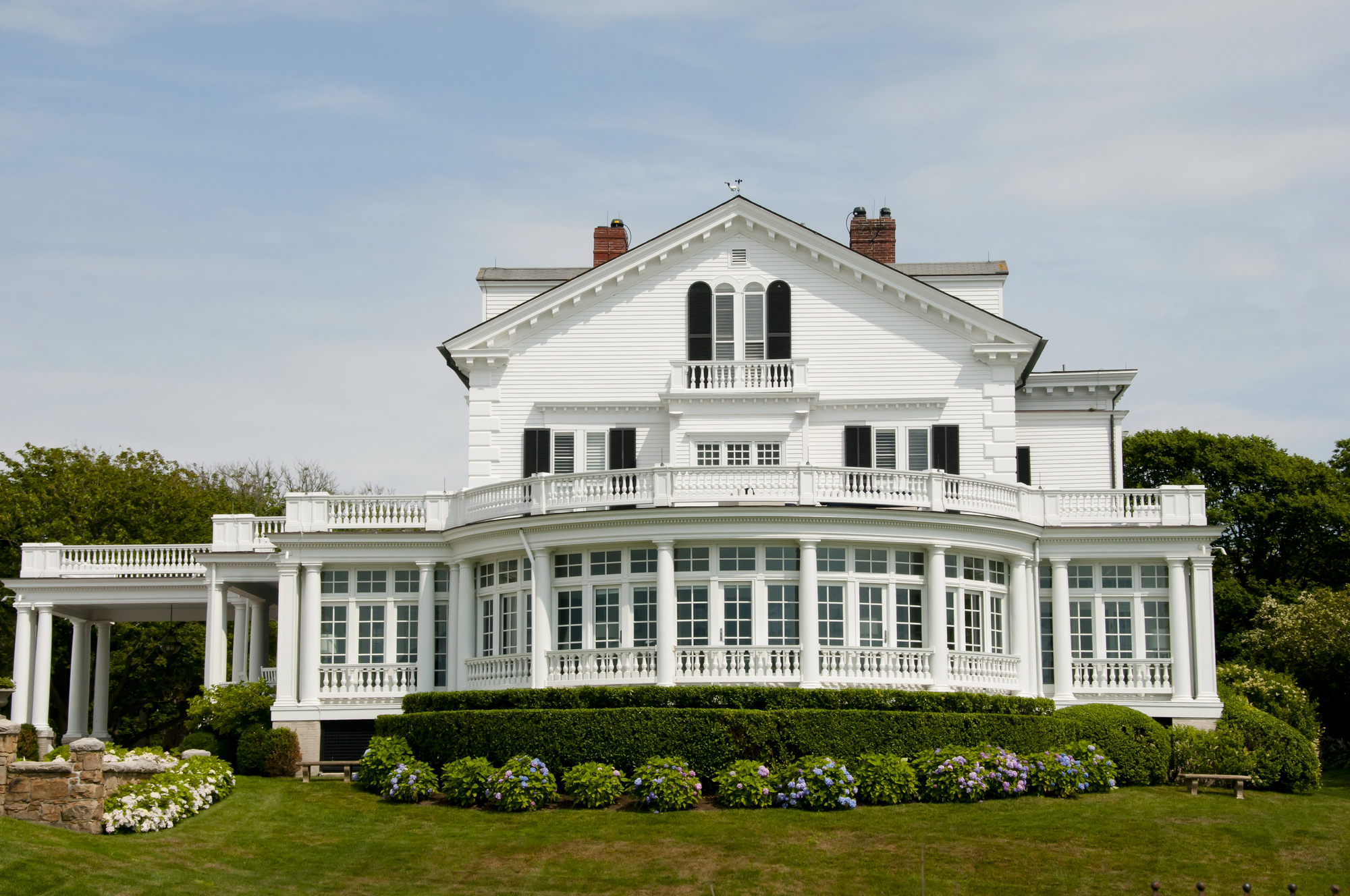
Rebuilt in 2010 on the site of the original 1868 hotel, Ocean House recreates the grandeur of Victorian seaside resorts with modern sensibilities. The yellow shingled building sits dramatically on bluffs overlooking the Atlantic, offering panoramic ocean views from nearly every room.
The hotel maintains 19th-century traditions like afternoon lawn games and formal dining while incorporating contemporary amenities seamlessly. The recreation of period architecture and customs makes guests feel like they’re staying at a grand estate during Newport’s Gilded Age.
Historic Inns of Annapolis, Maryland
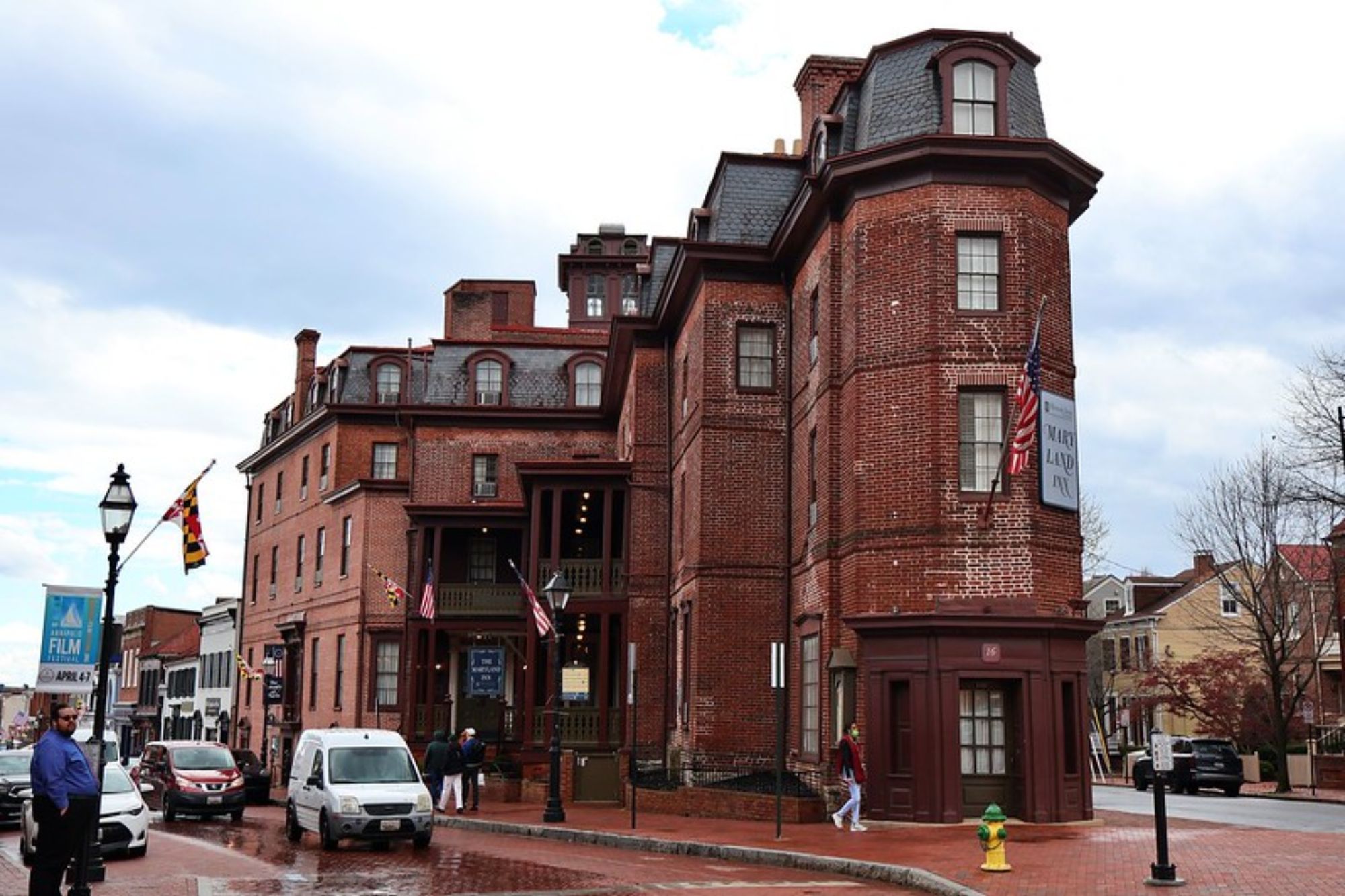
These three historic properties—Maryland Inn, Graduate Annapolis, and Historic Inns—offer accommodations that span nearly 350 years of American history. The Maryland Inn, dating to 1750, hosted delegates during the Continental Congress when Annapolis briefly served as the nation’s capital.
Each building reflects different architectural periods, from colonial to federal styles, creating a living museum of American inn-keeping. Staying here means sleeping where George Washington dined and walking the same halls as the founders of the American republic.
Where Yesterday Meets Today
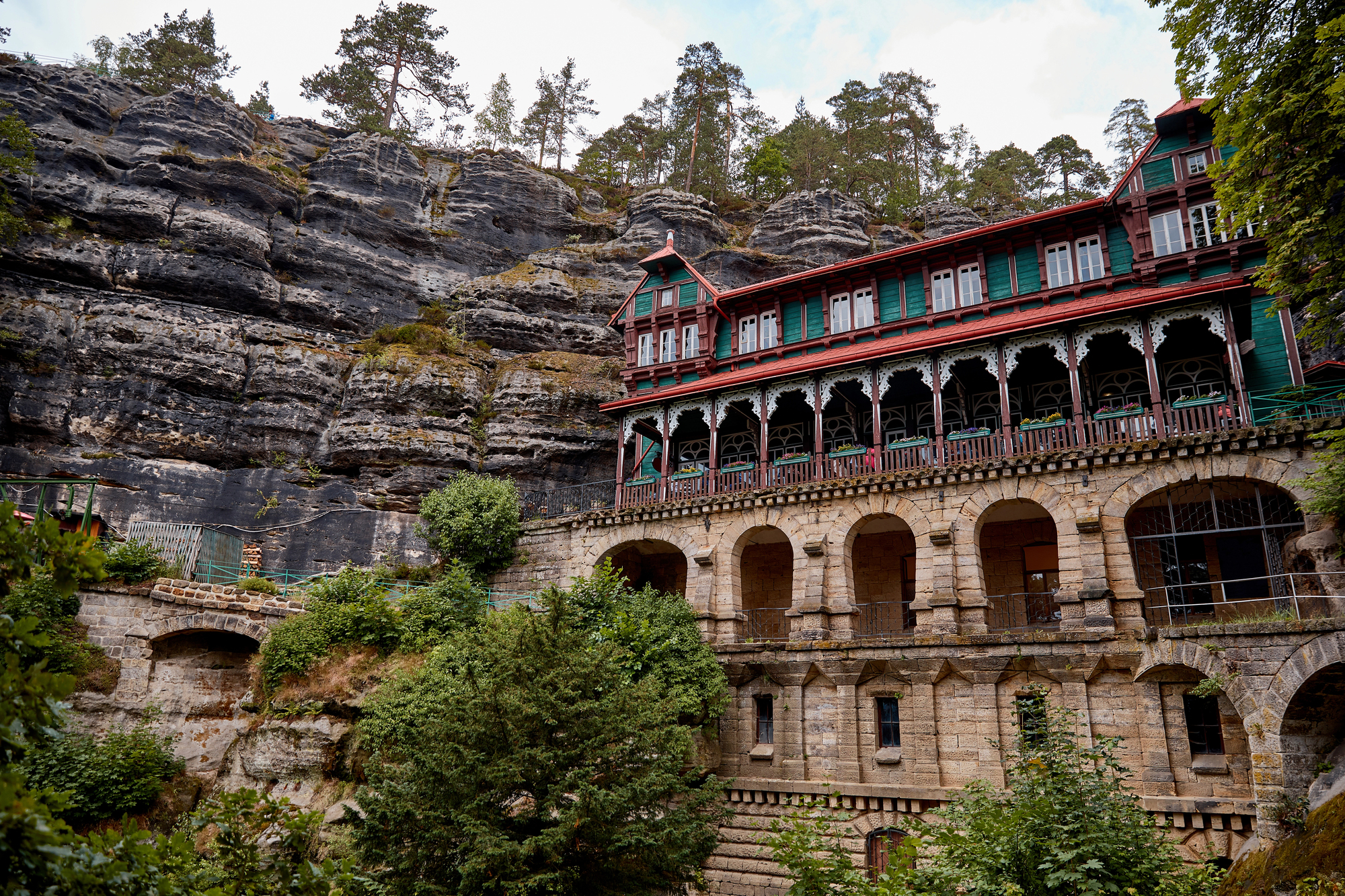
These historic hotels prove that nostalgic doesn’t have to mean outdated. Each property has found ways to honor its past while embracing the present, creating experiences that satisfy both history buffs and modern travelers.
They remind us that hospitality is an art form—one that these hotels have been perfecting for generations. In an age of identical chain hotels, these properties offer something irreplaceable: the chance to be part of America’s ongoing story.
More from Travel Pug

- Cities Growing so Fast You Won’t Recognize Them in 10 Years
- 13 Destinations Where Tourists Regularly Regret Their Trip
- 16 U.S. Cities That Are Quietly Becoming Travel Hotspots
- Where to Travel If You Love Long Bus Rides and Daydreams
- 20 Cities Perfect for Solo Travelers Who Crave Adventure & Culture
Like Travel Pug’s content? Follow us on MSN.
